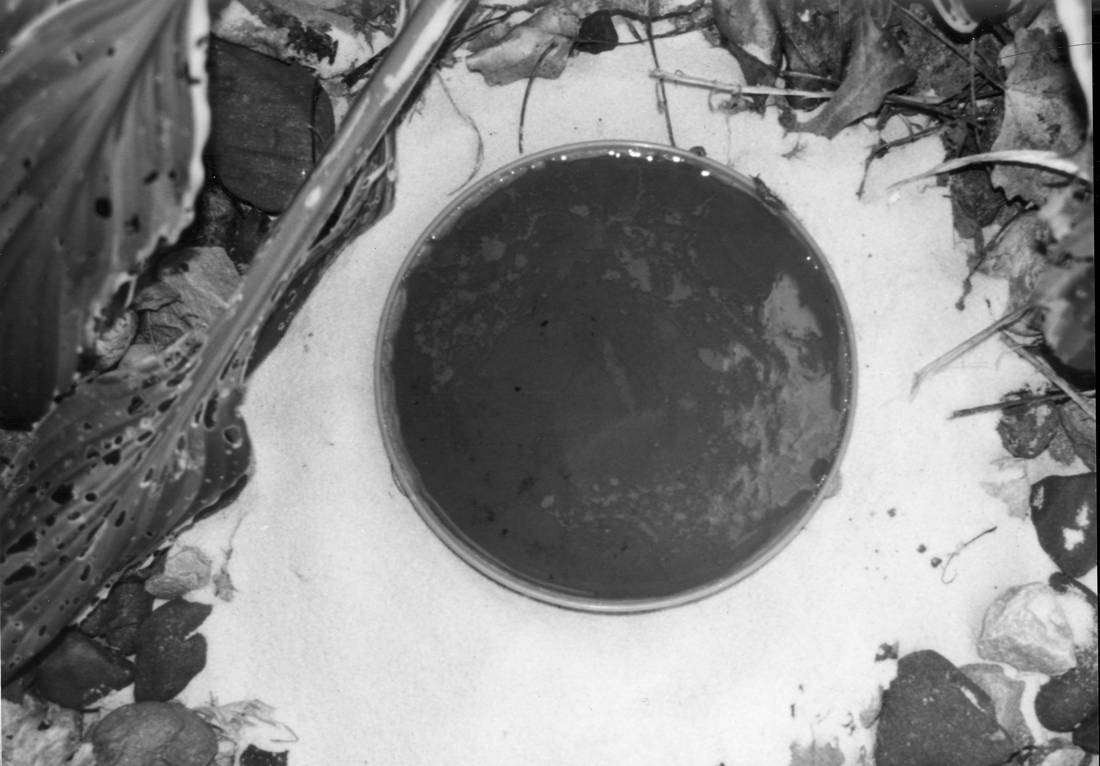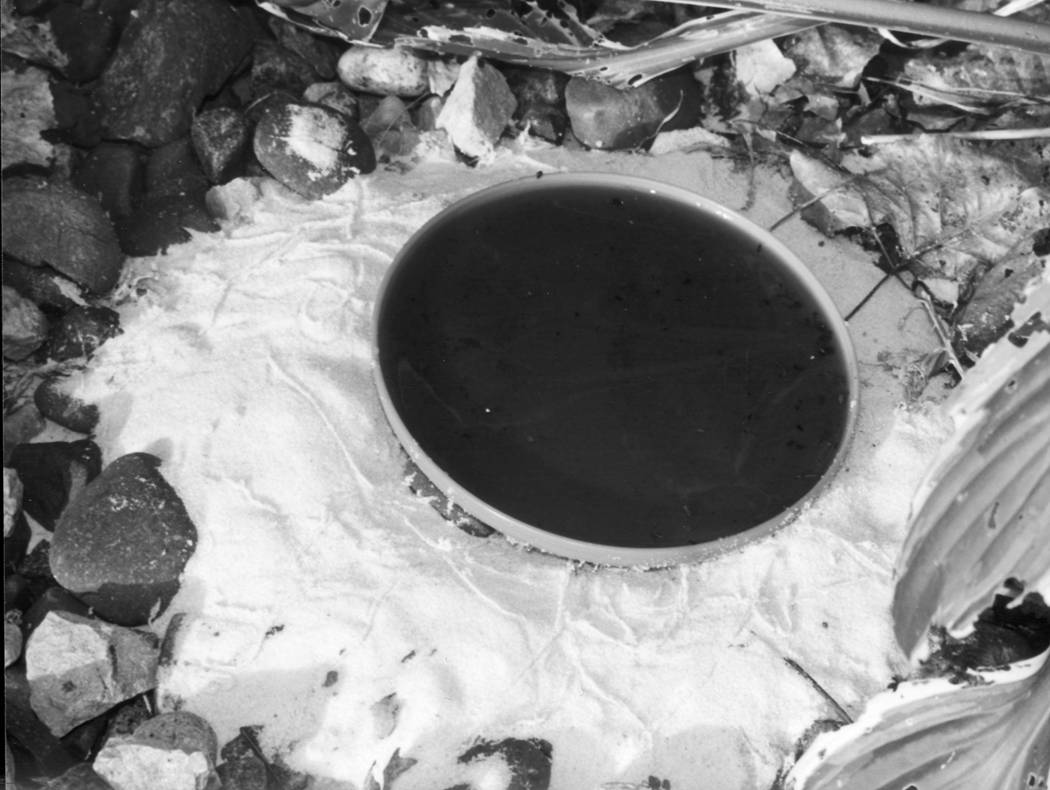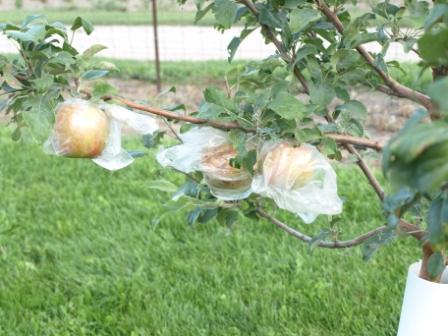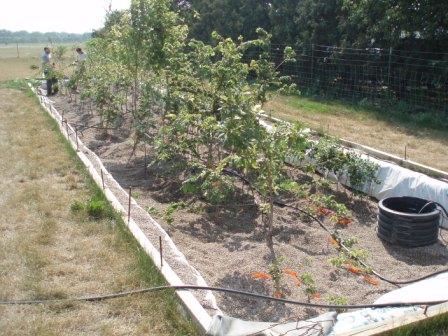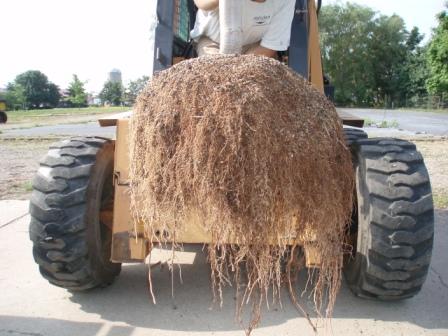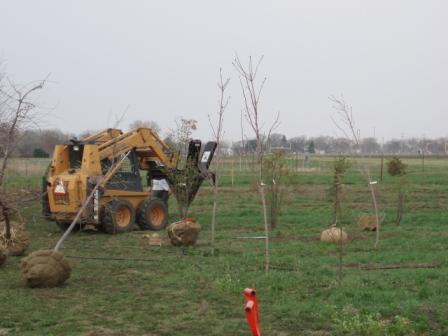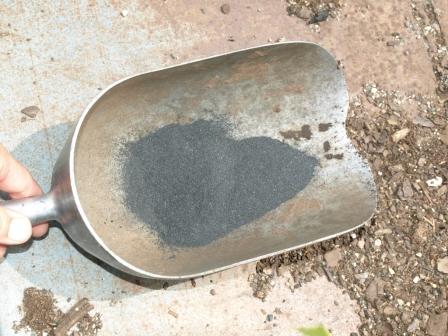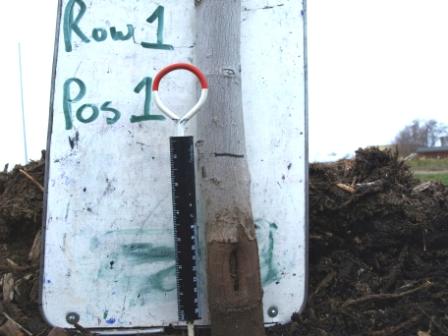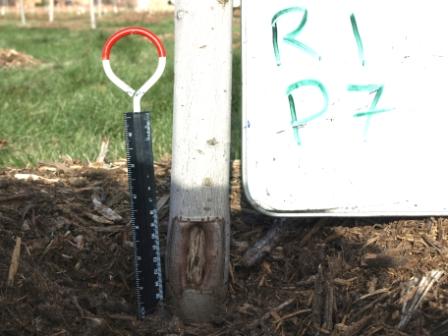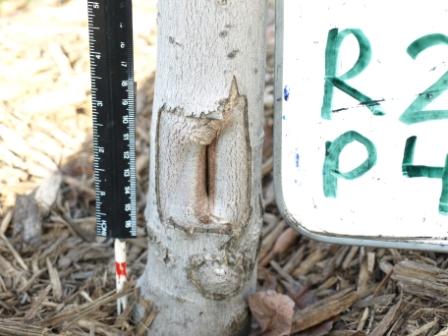Every year I teach a class called nursery management. In this class students have the opportunity to try all kinds of different growing techniques out in the nursery. They get to use a tree spade and prune and all kinds of other stuff. But something else that I have the students do is to make hydroponic systems for growing plants. No, hydroponics is not a common technique for growing plants in a nursery, but to grow plants hydroponically you need to know what you’re doing, and so this is a convenient way to make the students think about the plants they grow and what these plants need to prosper.
To start this project I give the students a water pump and an air pump (courtesy of our friendly neighborhood drug dealers — no, seriously — when the cops bust pot growing operations they give us the equipment that they’ve confiscated after they’re done using it as evidence. Much of the equipments is new, some is very high end.) Then I divide the students into a few groups, tell them what they’re growing, and give them two weeks to come up with a growing system and a nutrient solution to grow their crop (I do allow them to use our stock hydroponic solution, which will grow the plants, but won’t win anyone any prizes — most groups choose to use this as a base solution and then add to it.). The group whose plants grow the largest after twelve weeks wins a modest bonus to their grade.
So, what do we have for set-ups this year? Some very, very cool ones! First, we have a number of groups who went with a simple, non-circulating system, as seen below. Basically just an air-hose and a container filled with nutrient solution.
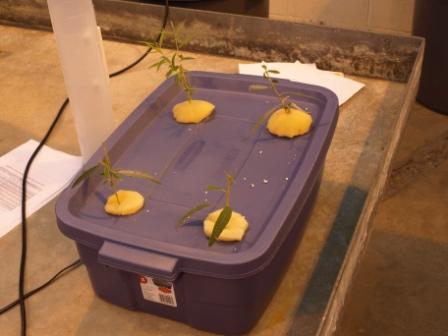
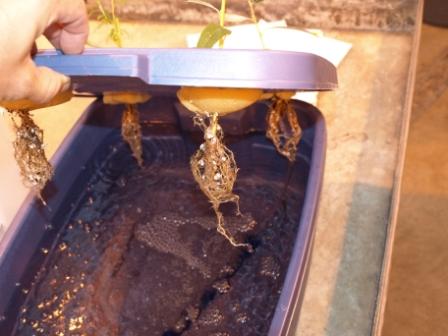
Another group decided to use a flood and drain system. They use a timer to trigger the water pump to fill a tray with nutrient solution for five minutes every few hours. This hydrates the containers which hold the extremely well drained ceramic beads in which the plants are held.

And finally, one group decided to use a capillary action system where the base of the container is filled with nutrient solution which is wicked up into a well drained media (a combination of rockwool, vermiculite, and perlite) into which the plants are placed. This group decided to lay their plants on their sides to encourage extra root growth.

I’ll let you know in about 12 weeks which group wins!
